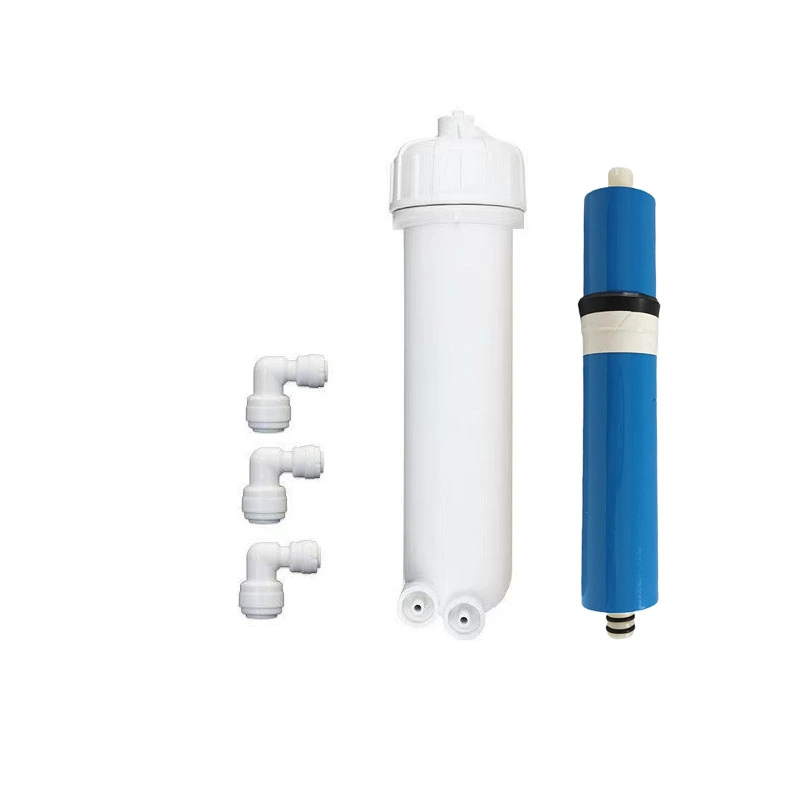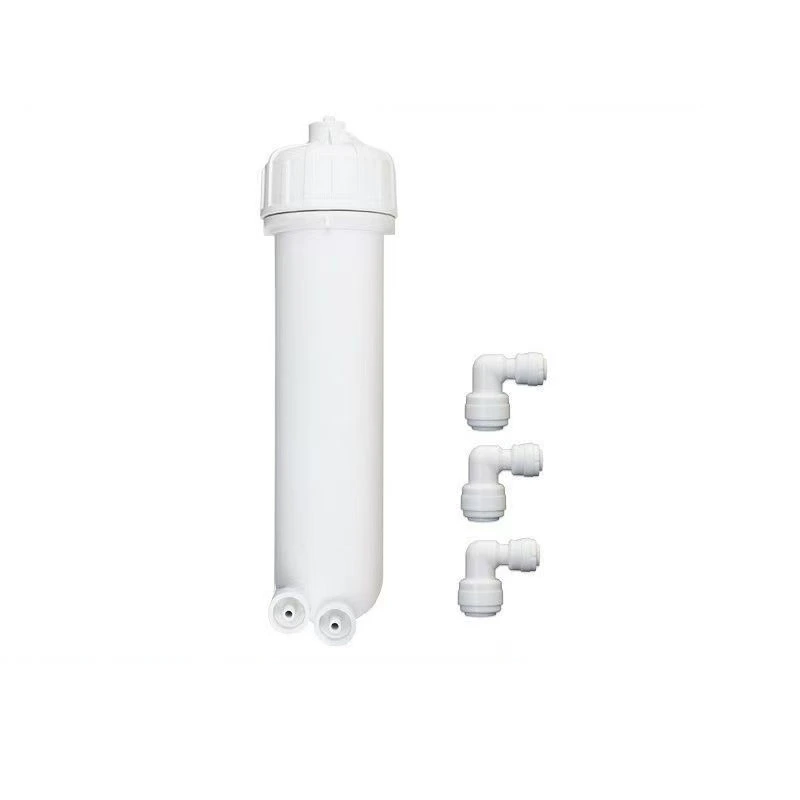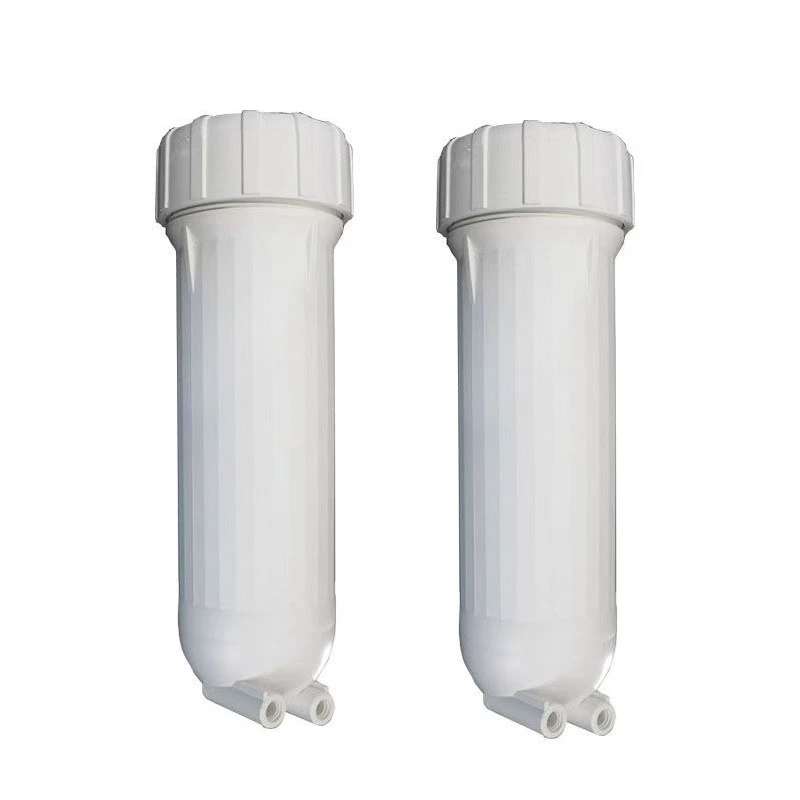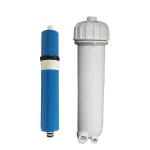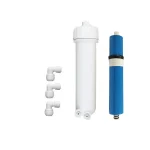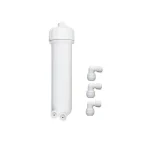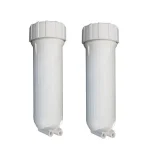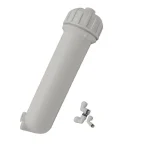BasideWT- Whole Home Water Filtration System & Replacement

High Quality Double O Ring 1812/3012/3013/3213 Plastic RO Membrane Housing Shell for Residential RO Water Filter Use
PRODUCT PARAMETERS
- Product Name: RO membrane Housing
- Model: 1812/3012/3013/3213
- Materiale: Food-grade ABS
- Color: White
- Type:Water Filter Parts
- Oring quantity: Double O Ring
- Burst pressure: 30KG
- Max sustained Temperature: 125PSI
- Application:Outdoor/Commercial/Household
- Application field: Water Treatment
- Packing: Standard Exportation Package
The heart of any reverse osmosis system is its semi-permeable membrane. However, this critical component requires robust protection to perform effectively. This is where the RO membrane housing plays an indispensable role. Acting as both guardian and facilitator, this component ensures your water purification system operates at peak performance while maintaining water safety standards.
Primary Functions: Protection and Performance Enhancement
The membrane housing serves multiple essential purposes in residential RO systems. Its main function involves safeguarding the delicate reverse osmosis membrane from various types of damage. During operation, the housing prevents physical impacts, chemical corrosion, and potential contamination that could compromise membrane integrity.
Simultaneously, the housing facilitates the filtration process by maintaining proper pressure levels. It creates a sealed environment where water can be forced through the membrane at optimal pressure, ensuring efficient separation of contaminants from pure water. The housing’s design also allows for proper flow distribution, preventing channeling and ensuring uniform filtration across the entire membrane surface.
Structural Design and Installation Advantages
Modern RO membrane housings feature innovative designs that prioritize user convenience. BasideWT Manufacturers typically incorporate quick-connect fittings that enable tool-free installation and removal. These clever mechanisms allow homeowners to replace membranes without specialized equipment or technical expertise.
Threaded connection systems provide another popular option, offering enhanced security and leak prevention. These designs typically feature standardized threading patterns that ensure compatibility with various RO system configurations. The threaded approach proves particularly valuable in areas with vibration or potential pressure fluctuations.
Sealing mechanisms represent another critical design aspect. High-quality housings incorporate multiple silicone O-rings that create perfect seals between components. These seals prevent bypass leakage while ensuring that all water passes through the membrane as intended. The sealing system also protects against external contamination that could affect water purity.
RO Membrane Housing Parameters and Size
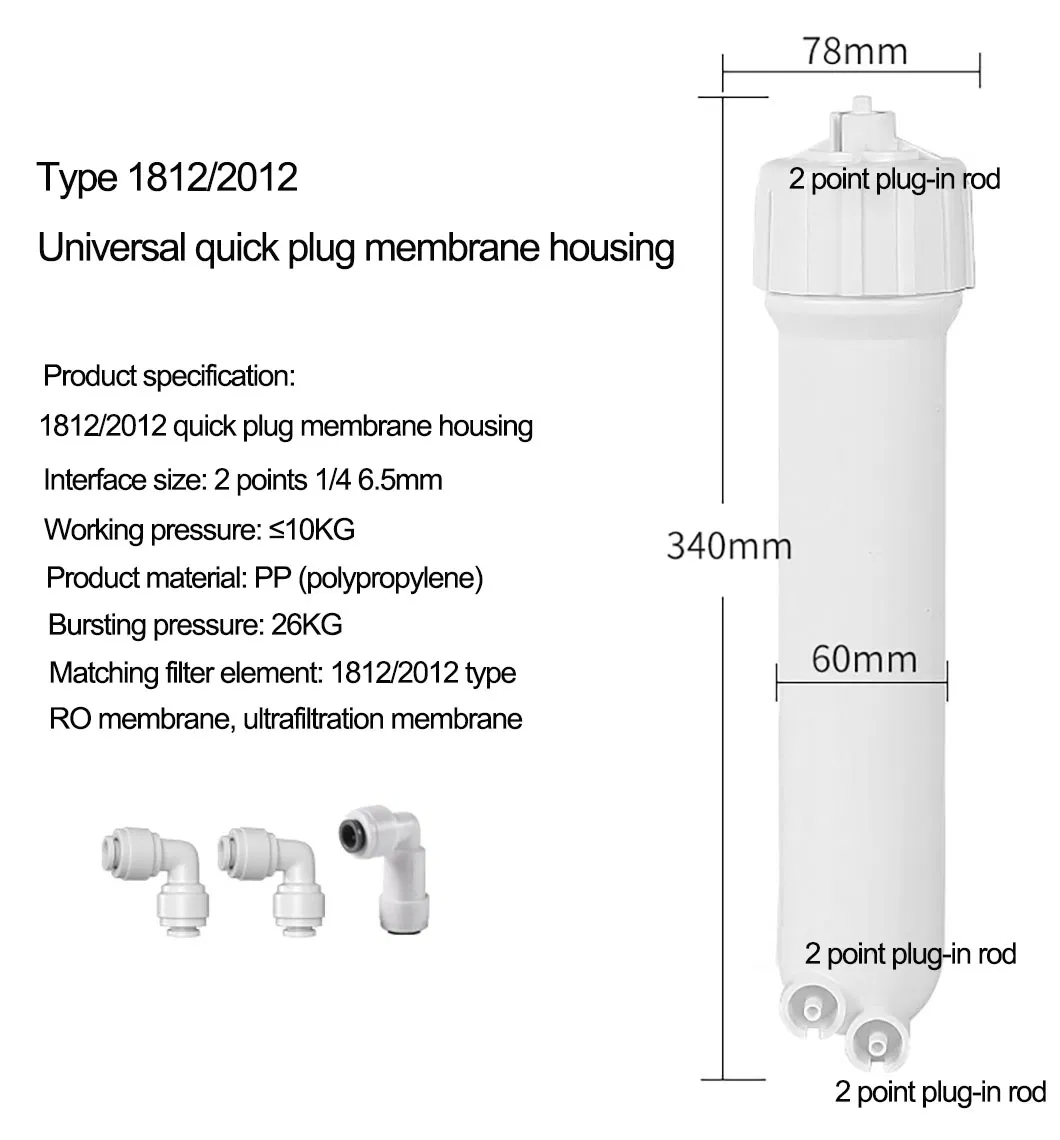
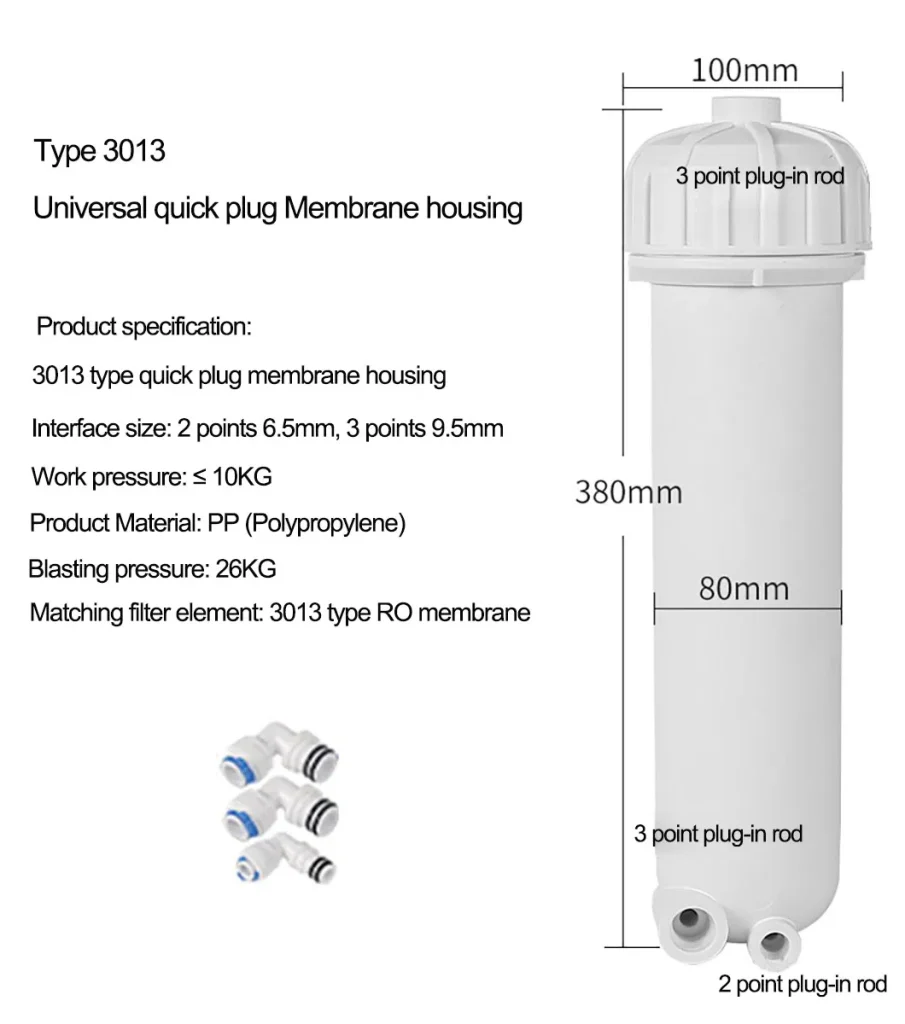
Maintenance and Troubleshooting Aspects
Proper maintenance ensures long-term housing performance. Regular inspection should include checking for surface cracks, seal integrity, and connection security. Housing interiors should remain free from sediment buildup that could impede water flow or damage the membrane.
Common issues include O-ring degradation, mineral scale accumulation, and connection leaks. Most problems can be resolved through simple seal replacement or cleaning procedures. The modular design allows component-level repair rather than complete housing replacement in most cases.
Compatibility and System Integration
When selecting a membrane housing, compatibility with existing system components proves crucial. The housing must match both the membrane dimensions and the system’s pressure rating requirements. Most residential systems operate at pressures between 50-100 PSI, requiring housings rated for at least 150 PSI for safety margin.
Installation considerations include available space, access requirements, and connection types. Standard 1/4-inch quick-connect fittings dominate residential applications, while some systems may use 3/8-inch connections for higher flow rates. The housing’s orientation—vertical or horizontal—also affects installation options and space requirements.
FAQs
Choosing the perfect water treatment system depends on your specific water quality, household size, and needs. We make it easy with our 3-step process:
Water quality testing – analyze your water for contaminants, hardness, and other factors.
Personalized Consultation – Our experts recommend systems based on your results, budget, and water usage.
Customized Solution – From whole-house filtration to targeted solutions (e.g., RO for drinking water, softeners for hard water), we tailor the system to your home.
To determine your water flow rate in gallons per minute (GPM), follow these simple steps:
Prepare for Testing:
- Prepare for Testing:
- Ensure all water fixtures in your home are turned off
- Select the faucet closest to your main water supply line (usually the kitchen sink or an outdoor spigot)
- Conduct the Test:
- Fully open the selected faucet
- Time how many seconds it takes to fill a 1-gallon container
- Repeat the test 2-3 times for accuracy
- Calculate Your Flow Rate:
Use this formula: Flow Rate (GPM) = 60 ÷ Fill Time (seconds)Example Calculation:- If your 1-gallon container fills in 15 seconds
- 60 ÷ 15 = 4 GPM
For more precise measurements or whole-home flow rate analysis, contact our water system specialists. We can help you determine if your current flow rate meets the requirements for any water treatment systems you’re considering.

1. Check Multiple Fixtures
Test water pressure at different faucets, showers, and appliances (e.g., kitchen sink, bathroom sink, outdoor hose).
If only one fixture has low pressure, the problem is likely localized (clogged aerator, faulty valve, or pipe issue).
If all fixtures have low pressure, the issue is systemic (main supply, pressure regulator, or water heater).
2. Inspect the Aerator or Showerhead
Unscrew the faucet aerator or showerhead and check for mineral deposits, debris, or rust.
Soak it in vinegar overnight to dissolve buildup, then rinse and reattach.
3. Check the Main Shutoff Valve
Locate the main water shutoff valve (usually near the water meter or where the main line enters the house).
Ensure it’s fully open (turn clockwise to close, counterclockwise to open).
1. Activated Carbon Filters
- Removes:
✅ Chlorine & chloramines
✅ Bad tastes & odors (e.g., sulfur)
✅ Volatile Organic Compounds (VOCs)
✅ Some pesticides & herbicides
❌ Does not remove heavy metals, dissolved minerals, or microbes
2. Reverse Osmosis (RO) Systems
- Removes:
✅ Heavy metals (lead, arsenic, mercury, cadmium)
✅ Dissolved salts (fluoride, nitrates, sulfates)
✅ Microplastics & sediment
✅ Bacteria & viruses (if combined with UV)
✅ Chlorine & chemicals (with carbon pre-filter)
❌ May remove beneficial minerals (can be remineralized)
3. Water Softeners (Ion Exchange)
- Targets:
✅ Calcium & magnesium (hardness)
✅ Low levels of iron & manganese
❌ Does not remove bacteria, chlorine, or heavy metals
4. UV Purifiers
- Kills:
✅ Bacteria (E. coli, coliform)
✅ Viruses (rotavirus, hepatitis)
✅ Protozoa (Giardia, Cryptosporidium)
❌ Does not remove chemicals, metals, or sediment
5. Sediment Filters
- Removes:
✅ Sand, rust, dirt
✅ Large particles & silt
❌ Does not remove dissolved contaminants
6. Whole-House Filtration Systems
Combines multiple methods (carbon + sediment + UV) for broad protection.
- UV: Kills bacteria/viruses but doesn’t remove chemicals or particles.
- RO (Reverse Osmosis): Removes 95–99% of contaminants (heavy metals, dissolved salts) but requires electricity.
- Activated Carbon: Absorbs chlorine, odors, and organic compounds—ideal for pre-filtration.
REQUEST A QUOTE
RELATED PRODUCTS
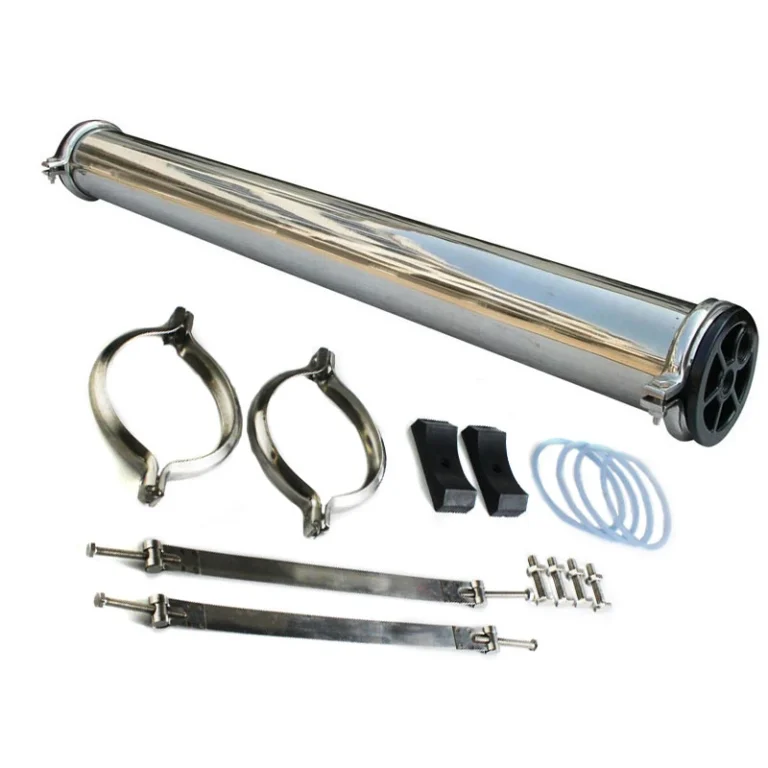
Factory Price 4040 4021 8040 Ss RO Reverse Osmosis Membrane Shell SUS 304 316L Housing for Water Treatment Plant
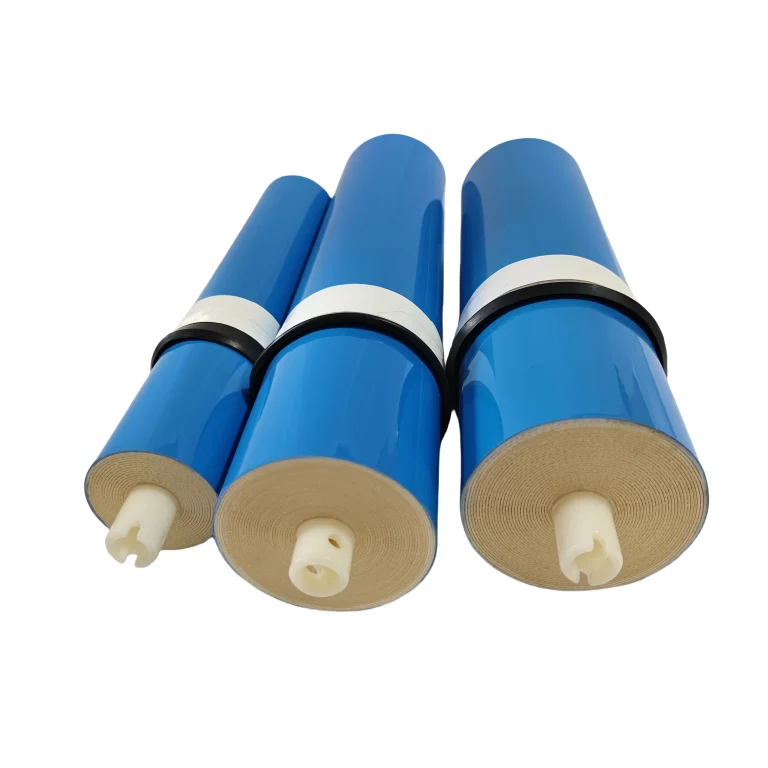
BasideWT | High Quality Reverse Osmosis RO Membrane for Under Sink Water Filter
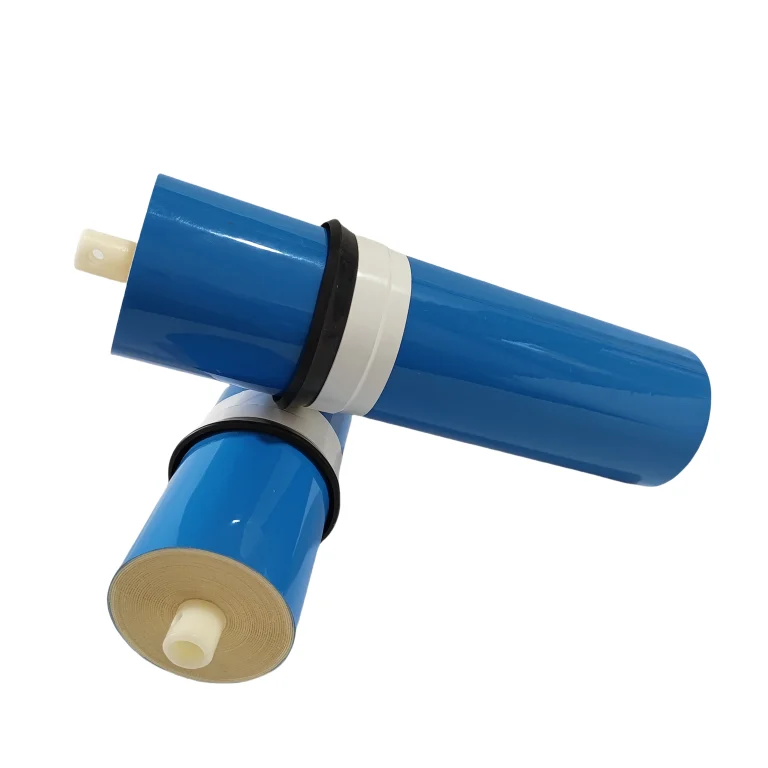
BasideWT Factory Price Water Filter Parts RO Membrane replacement 1812 75G for Home Purifier
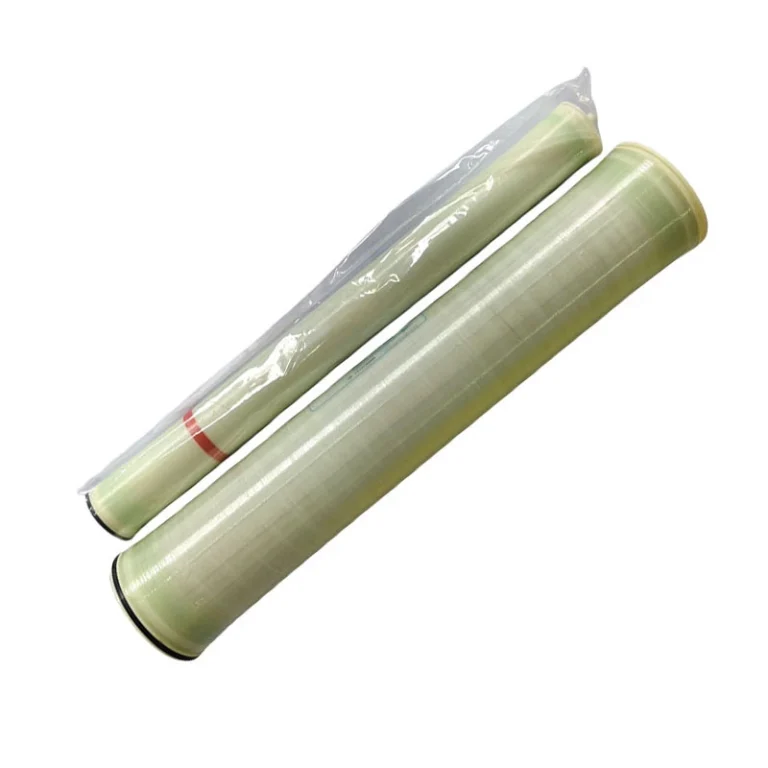
Cheap Price UPL4021 4040 8040 RO Membrane for Water Treatment Reverse Osmosis System

3012 RO Membrane Cartridge Water Filter Replacement for Under Sink Home Drinking RO Water Purifier System




